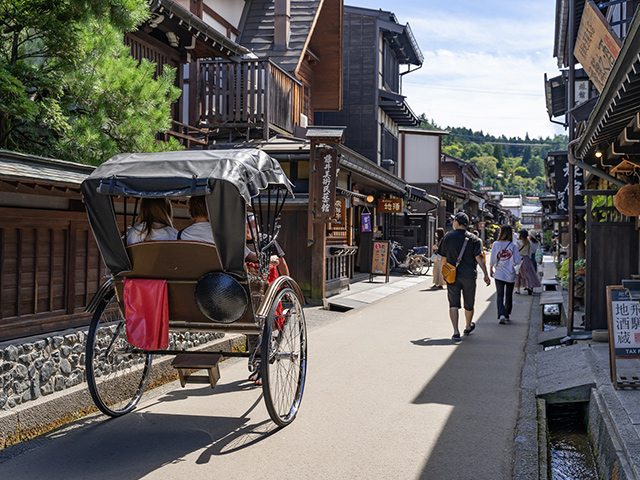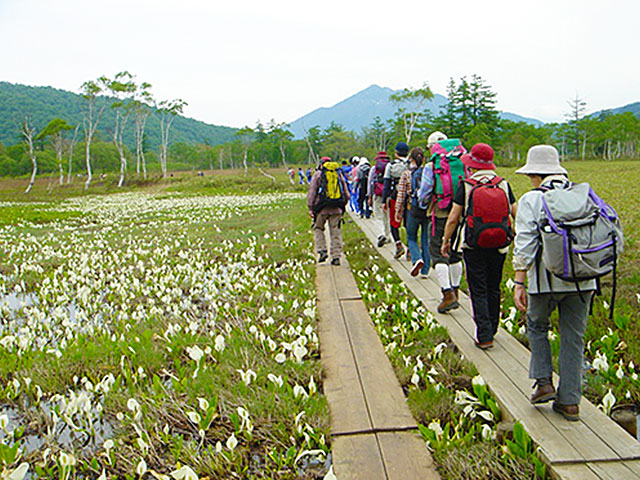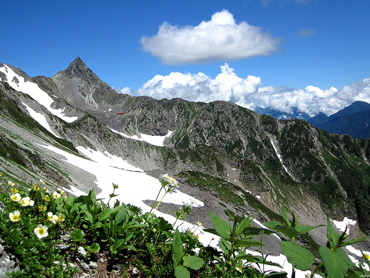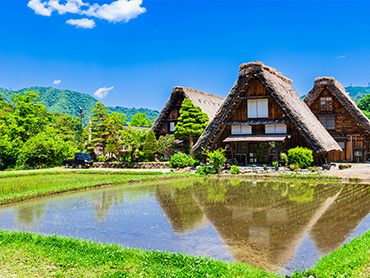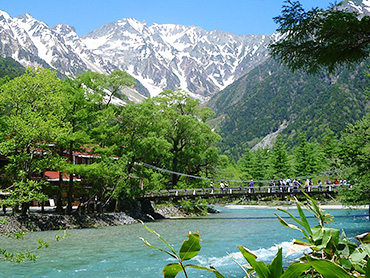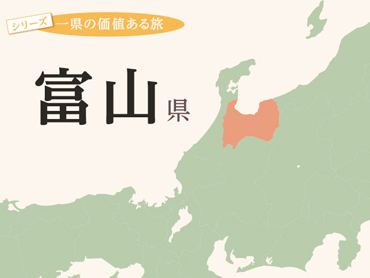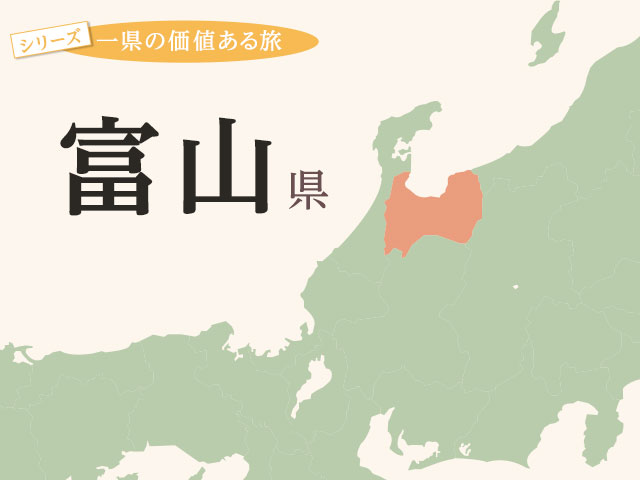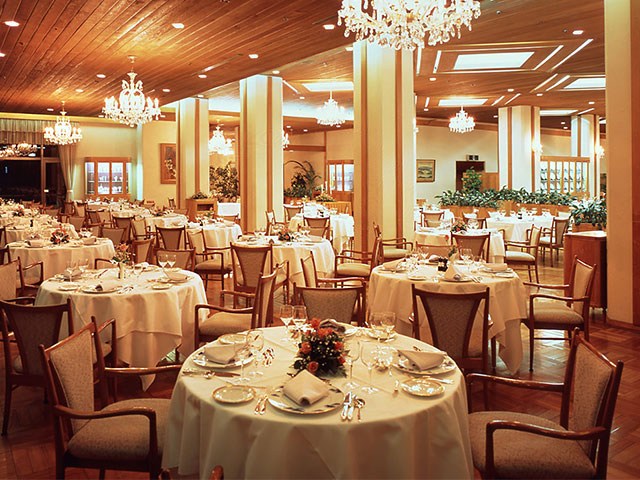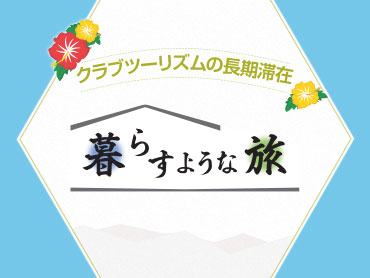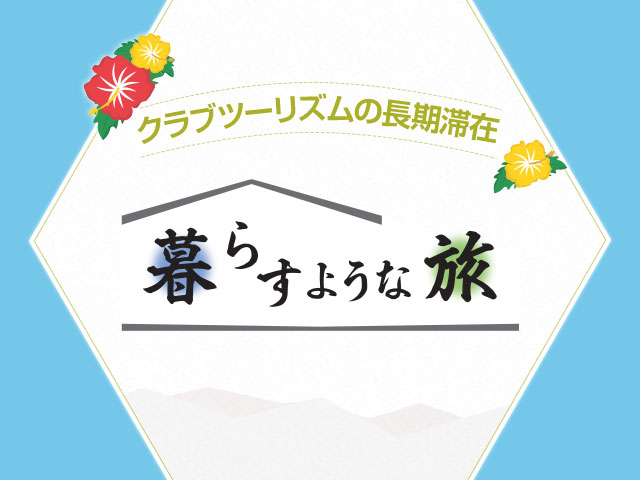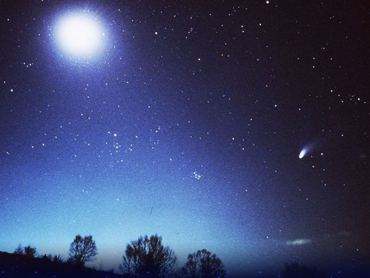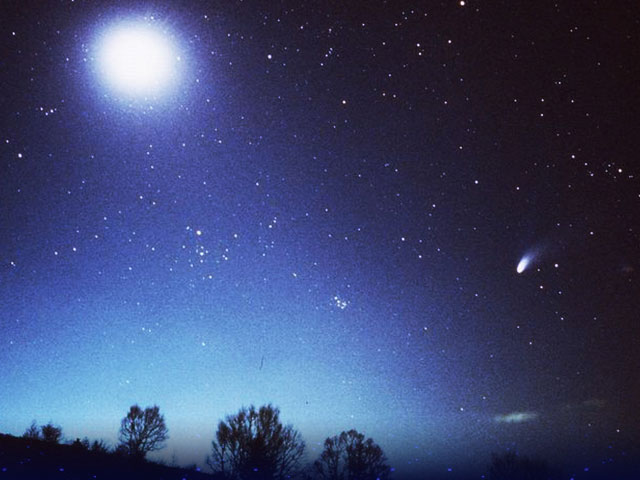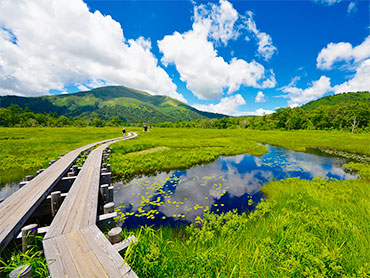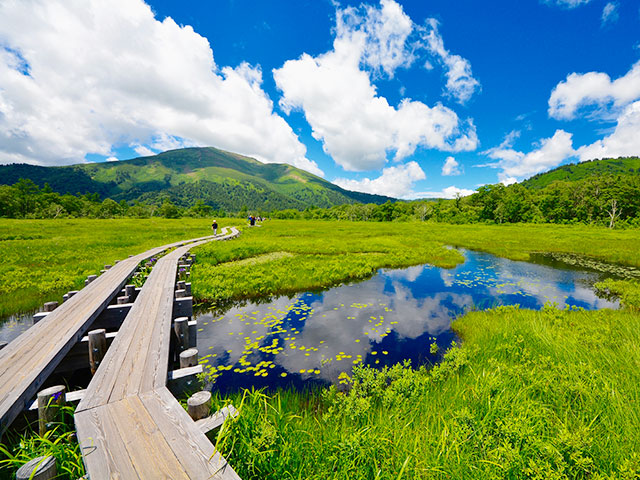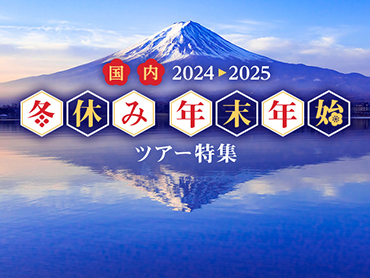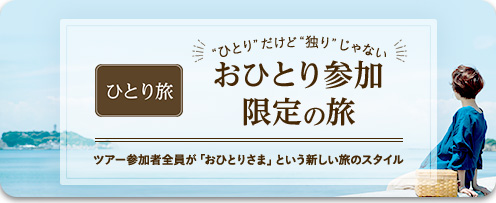Tateyama Kurobe Alpine Route Tour - Sightseeing (Kurobe Dam, Murodo)

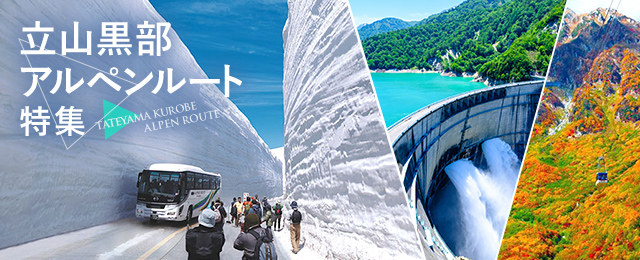
立山黒部アルペンルート旅行・ツアーなら、クラブツーリズム!添乗員やスタッフがしっかりサポート。雪の大谷、黒部ダムの観光放水、高山の植物観察、紅葉などのおすすめツアーをご紹介。ツアー検索・ご予約も簡単です。
Introducing Tateyama Kurobe Alpine Route in video
Sightseeing spots in Tateyama Kurobe
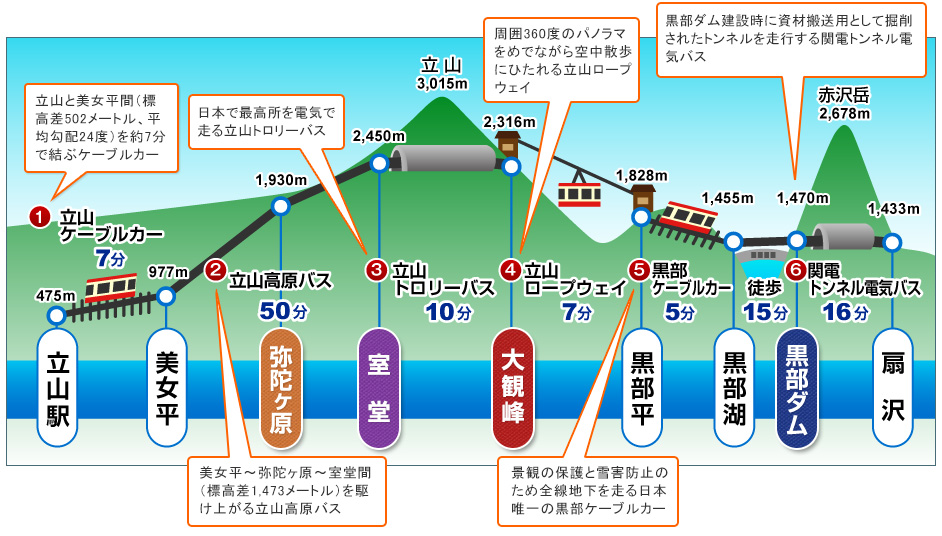
Kurobe Dam

Kurobe Dam, the "Great Project of the Century," took seven years to complete with the labor of 10 million people. If you walk up the 200 steps adjacent to it, you'll reach an observation deck, where you can see the dam's water release for tourists every year from Jun. 26th to Oct. 15th.
Murodo
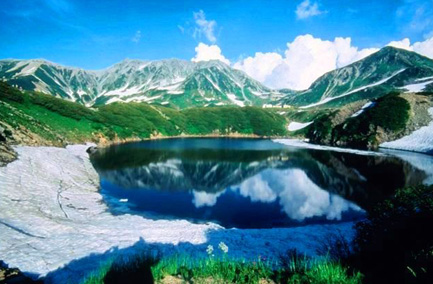
It is a base for sightseeing and mountain climbing, with views of the three peaks of Tateyama, as well as Mount Tsurugi and the Dainichi mountain range. Another major feature is the large number of sights scattered around, including Mikurigaike Pond, Jigokudani, and Tateyama Tamadono Spring Water.
Midagahara

It is a large highland of lava plateau stretching 20 km from east to west and 3 km from north to south. In summer, alpine plants such as the "Etangulma" and "Iwakagami" bloom in full force, and in autumn the autumn colors delight the eyes.
Daikanbou

A moving observation deck with a 360-degree panoramic view that connects Daikanbo and Kurobe Valley in about 7 minutes. Enjoy the magnificent views of the Ushiro-Tachiyama range and Kurobe lake.
Kurobe Dam and the Attractions of Tourist Water Release
Enjoy the spectacular water release

Kurobe Dam Guide, Motoki Ito
After retiring from the Kuroyon Tourism Division of KEPCO Amenics, which was in charge of tourist information around Kurobe Dam, he began working in the Tourism Section of the Industry and Tourism Department of Omachi City, Nagano Prefecture in Feb. 2022.

The tourist water release period at Kurobe Dam is from Jun. 26th to Oct. 15th. If you're lucky, you might even be able to see a rainbow (Image)
Kurobe Dam was built to make up for the power shortage during the period of high economic growth. At the time, construction was plagued by difficulties and it was built at the end of the "Great Construction of the Century" which resulted in many deaths on the job.
This dam, which contributes greatly to the power supply of the Kansai region, is also a tourist spot with plenty to see. In particular, be sure to check out the "tourist water release" that takes place every summer and fall. The sight of 10 to 15 tons of water flowing down every second, making a loud noise, is truly a spectacular sight.
The purpose of releasing water for tourism purposes is to maintain the beauty of the Kurobe Gorge. Kurobe Dam also plays a role in maintaining the water level in the gorge, which drops in summer.
Mr. Ito said, "Learning about the role of the dam and its tourist water releases will help you enjoy Kurobe Dam even more. Be sure to take a stroll around the dam while listening to your guide's behind-the-scenes stories."
Ito's recommendation! Three recommended viewing spots for tourist water discharge
(1) Rainbow Terrace

The Rainbow Terrace is the closest place to the water spray. It's cool and perfect for the summer! (Image /Photo provided by KEPCO Amenix Kuroyon Tourism Division)
The terrace was built in 2016.
This is the closest viewing spot to the water being sprayed, and depending on the wind direction you may get splashed with water.
You can really feel the dynamism of the tourist water release, so I highly recommend you see it from here.
(2) Dam Observation Deck

The dam observation deck offers a panoramic view of Lake Kurobe and the mountains. Recommended for those who want to enjoy the great outdoors (Image /Photo provided by KEPCO Amenix Kuroyon Tourism Division)
Of all the observation spots, the Dam Observation Deck is located at the highest point.
After arriving at Kurobe Dam Station, you have to climb 220 steps, which can be a bit daunting.
However, the view of the Tateyama mountain range and the Kurobe Dam water release from here is a spectacular sight. If you make the effort to climb the stairs, you will be impressed.
(3) Dams and embankments

A tourist spot where you can watch the water being released from the top of the dam. You can also see a very impressive view from here. (Image /Photo provided by KEPCO Amenix Kuroyon Tourism Division)
We also recommend the dam, where you can see the tourist water release from directly above.
Walk along the dam and look at the water release from various angles, such as from the left, center, right, etc.
If it's a nice day and you're lucky, you might be able to find a spot where you can see two or three rainbows!
Seasonal highlights of Tateyama Kurobe
What to see in April and May.! Snow Wall
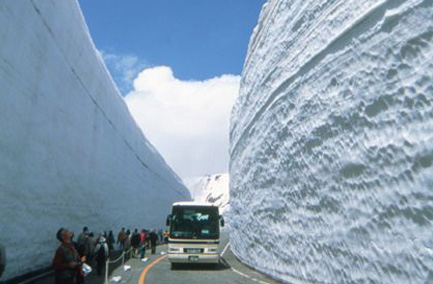
Located at an elevation of approximately 2,450 meters, a five-minute walk from Toyama Prefecture's Murodo Station, Ootani is a blowdown valley where snow accumulates frequently, sometimes exceeding 20 meters in height. The famous "Wall of Snow" is formed by removing snow from the Tateyama Toll Road that passes through this Oya, and the 500 meter section of the wall is called "Snow Wall". The "Snow Wall Walk," where visitors can walk through the snow wall, is a popular spring event that can be enjoyed from Apr. 15 (Sun.) until the middle of Jun.. Snow Wall The Tateyama Mountain Range awaits you beyond the wall! Why don't you experience the wonders of nature at Tateyama Kurobe Alpine Route" Snow Wall" only during this season?
Jun.-only highlight! Raicho watching
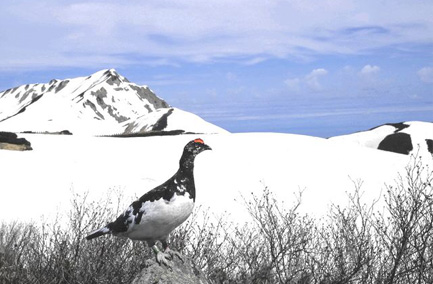
Have you ever encountered the "ptarmigan", a bird said to have survived the Ice Age and the prefectural bird of Nagano, Gifu and Toyama? The best time to encounter the ptarmigan, a designated national special natural monument, is Jun., when they are often seen defending their nests after territorial disputes. They are around 40cm long and make a frog-like cry of "gueee". They have thick legs for a bird and live in low pine forests called pumila. If you take a course that includes Accommodation on the alpine route in Jun., you will have a high chance of seeing the ptarmigan.
A summer-only highlight! Observing alpine plants
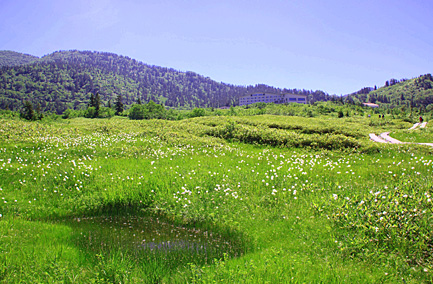
In summer, we recommend observing alpine plants at Murododaira, the highest point of the alpine route. The Tateyama mountain range is reflected on the water surface filled with melting snow, and many alpine plants bloom along the walking course that surrounds the area. If you're lucky, you might even see a family of ptarmigans with their fluffy chicks among the alpine plants. Murododaira is the place where the most flowers bloom in the year, and the green carpet as far as the eye can see is so refreshing that it will make you forget the heat below.
A sight only available in autumn! At an altitude of 3,000m! Spectacular mountain foliage!

At Murodo, the highest point on the Alpine Route, the leaves begin to change color from mid-Sep.. Because the seasons progress at a faster pace than in the lower reaches, if you're lucky you can see the so-called "three-tiered" autumn scenery, with snow on the mountaintop, red and yellow leaves on the mountainside, and greenery just starting to change color at the base. The most spectacular of these is the autumn leaves at Tambodaira, which can be seen from the Tateyama Ropeway! Set out in search of an autumn that is more dramatic and memorable than any TV drama!
Easy online travel consultation
Customer Co-Creation Activities
Latest Tours and Information
Club Tourism Travel Brand
Overseas Travel
Club Tourism Internet Membership Information
-
A wide range of services exclusively available to members
-
Search for trips anytime, anywhere!
-
Be the first to know about the best seasonal travel deals!


